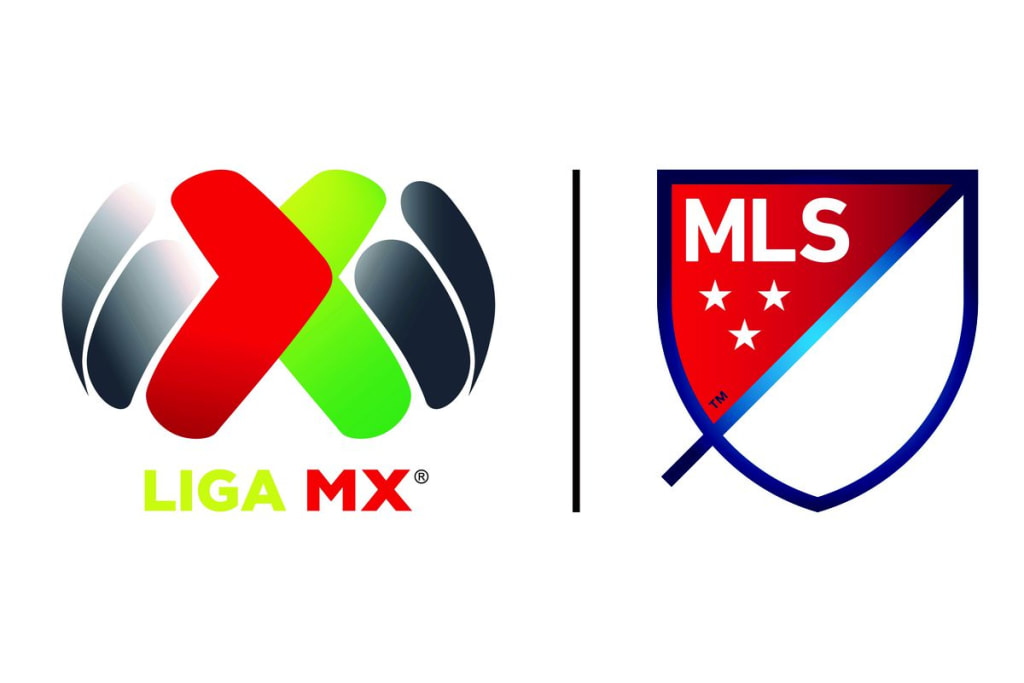Is a North American 'Super League' the Solution for North American Soccer?
A look into what a new 'Super League' would mean for the current clubs of MLS and Liga MX.

North American soccer has received heavy criticism in recent years for the formatting of the CONCACAF Champions League, North/Central America’s version of the famed European competition. This criticism has been justified, as little to no attention has been paid to the competition by clubs and fans alike. This lack of a legitimate continental championship creates a void for many fans. During the MLS season, all the attention is on making it to the playoffs or winning the supporter’s shield, with little attention on the US Open Cup or the aforementioned CONCACAF Champions League. With the MLS being the main attraction for those in the United States and Canada, those who watch the European game understand that something is missing.
The failure of the CONCACAF Champions League (which hasn't been won by an MLS club since 2000) has been due to several factors, but none more significant than the lack of English-speaking television coverage. In Mexico, it can be quite simple to find coverage of the league, but for those of us north of the country line, it can be hard to find coverage that we can understand. Not being able to flip on a television channel to find these games creates a lack of desire for the consumer, and a lack of availability can really kill off a league in the United States. One of the main reasons the English Premier League is so popular stateside is because there have been television channels broadcasting nearly every game for the past few years.
That’s all besides the point, however. My reason for writing this is to delve deeper into the possibility of a North American “Super League" and what that would mean for our beloved North American clubs. I will also turn towards another possibility regarding the Copa Libertadores.
So, what is the North American “Super League” and where did it even come from? The idea was constructed after the announcement of a joint bid from North America to host the World Cup in 2026. This, followed up by Liga MX President, Enrique Bonilla’s comments stating that “If we can make a World Cup then we can make a North American league or a North American cup. The main idea is that we have to grow together to compete.” While this is a great opportunity for them to test the waters in a cooperative way, would the North American league mean the dissolution of the MLS and Liga MX? A North American “Super League” would mean a clash of format and culture. Would the MLS move to the Apertura and Clausura format where the second phase starts in January, or would the Liga MX teams adjust to the playoff format just a few weeks after the season ends? This would also heat up the topic of promotion/relegation within the league with Liga MX imposing relegation in the Clausura where MLS has quite notably not included the method of promotion and relegation.
What’s more likely to happen if these plans follow suit would be the creation of a new cup competition between the two leagues. The big investors may be hesitant to test their clubs in a completely new league, even if it is just as simple as merging the two leagues. This would obviously need better broadcasting and scheduling plans than its predecessor in the CONCACAF Champions League. Even if it is just a small cup competition, it would need to be displayed as something bigger, much unlike the US Open Cup which is thought of as small by every MLS club (bar the winners of course).
So, the more realistic outcome is that nothing will happen after the 2026 World Cup and we will go back to the same old MLS and Liga MX seasons again in 2027. This has, however, sparked an interest among North American soccer fans in a bigger and better international competition. Mexican clubs have played in the famed South American Copa Libertadores up until 2017, where the Copa Libertadores schedule change was unappealing to the Liga MX board. The scheduling of this now all-year event was seen as disadvantageous to the board, so they decided to split from it. Running from late January to the end of November, it is obvious to see why the Liga MX would want to think about their decision regarding their involvement, but one cannot dismiss the possible benefits. Increasing competition and adding more meaning to international games for clubs is what increases the quality of these games, and thus increases the quality of these leagues.
In the current MLS format, ignoring the CONCACAF Champions League (as most of the clubs themselves do) there is not much difference between second and third in the conference other than playoff seeding and draft pick. This lack of reward may see clubs switch off if that’s all they are playing for. Adding a significant cup competition as reward for higher league finishes may give more incentive to those last few games that otherwise may not mean much. Of course, the Copa Libertadores may not be the magic cure, but it would certainly add a more interesting aspect to the MLS and Liga MX.
This proposal is nothing more than speculation by fans who are wishing for more purpose to soccer in North America and lacks any logistical structure. It would require MLS and Liga MX clubs to completely change their approach to the domestic and international competitions. The longer Libertadores schedule that the Liga MX board complained about is quite inconvenient and would severely limit the time clubs would have to rest between seasons. Combined with the terribly long travel MLS clubs (especially those in Canada) would have to endure to play these games, it creates a long grueling schedule of traveling that MLS clubs may not be in favor of. The average distance an MLS club travels for an away game is under 1,400 miles (americansocceranalysis.com), whereas a Whitecaps away game at La Bombanera in Buenos Aires would be around 7,000 miles one way. For group games early in the season this seems almost nonsensical, so the Copa Libertadores format would have to call for a change to the early stages in which regions were cut apart and teams would play teams from their own region before the knockout games where this kind of travel may be needed. This adjustment to a tournament that worked fine before North American involvement would most likely be frowned upon by those who were already involved, and there is severe doubt that they would change the format of their prestigious competition to accommodate for a few more clubs.
Regardless, an international cup with meaning would be anything but bad for the current state of affairs in North/Central American soccer, whether it be through the newly united federations hosting the 2026 World Cup or otherwise. There will always be hurdles to jump through to bring the game to a new level in North America, and a potential reformat to one of South America’s more prestigious cup competitions may help that, regardless of how logical it would be.
About the Creator
Kyle Clayton
Aspiring sport journalist/documentarian based in Michigan, USA. Mostly write about soccer and occasionally dip into other sports/social issues.






Comments
There are no comments for this story
Be the first to respond and start the conversation.